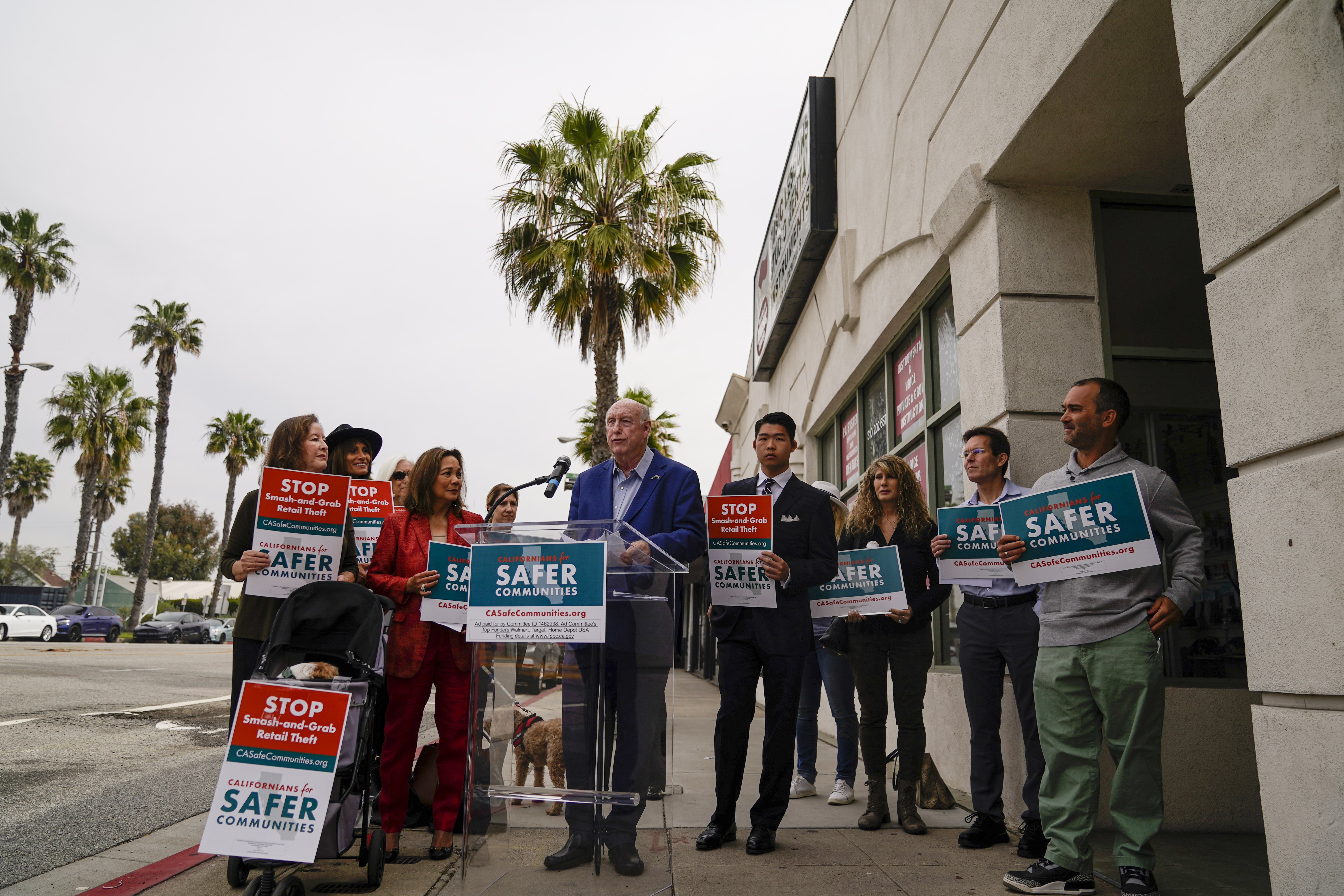California legislators have a big problem: what to do about the state's proposed high-speed rail project.
True, the legislators didn't authorize the project; the "go ahead" came as a result of a $10 billion bond ballot proposition passed by the voters in 2008, as a down payment on what was then conceived as a $33 billion project, to be supplemented by the federal government and private investors.
But the latest estimates have the high-speed rail program costing triple the original cost and taking at least a decade longer to complete than originally forecast.
At a time when the state is cutting expenditures left and right, these numbers add up to disaster. And the sorrowful condition of the over-extended federal government doesn't improve matters, especially if the high-speed rail promoters expect help.
In fact, a good case can be made for the proposed system.
Advocates view it as the equivalent to building 12 additional lanes of Interstate 5 between the Bay Area and Southern California--12 lanes crowded with gas-guzzling vehicles leaving polluted skies in the wake of their exhaust. But what good is an investment if you can't afford it in the first place?
Now, state leaders find themselves between a rock and a hard place. If they pursue the project, they will almost certainly need to go back to the voters for even more bond authorization.
Local
That could be problematic.
As it is, California is already paying interest on nearly $90 billion worth of bonds, with $53 billion more already authorized but not yet purchased. That interest, now amounting to 7 percent of the state budget, is expected to rise to 11 percent of the budget within the next 18 months.
Dare we ask the voters to approve even more?
The alternative is to punt on the project before any construction begins. That would mean returning to the federal government $3 billion already forwarded to the state for funding assistance. Given California's financial plight, finding an extra $3 billion is about as likely as rush-hour traffic becoming a thing of the past.
Compounding the problem is last week's request by the California High Speed Rail Authority, official manager of the project, for bids to begin construction in the first phase of a 114 mile stretch between Fresno and Bakersfield. That area was selected for the first phase because of the relatively few environmental issues, but there's no revenue to speak of in these relatively sparely populated areas.
One point is clear: state leaders and voters have a big problem on their hands. And given the number of issues already without resolution, it's hard to know how the state will be able to manage another.
Let us know what you think. Comment below, send us your thoughts via Twitter @PropZero or add your comment to our Facebook page.



